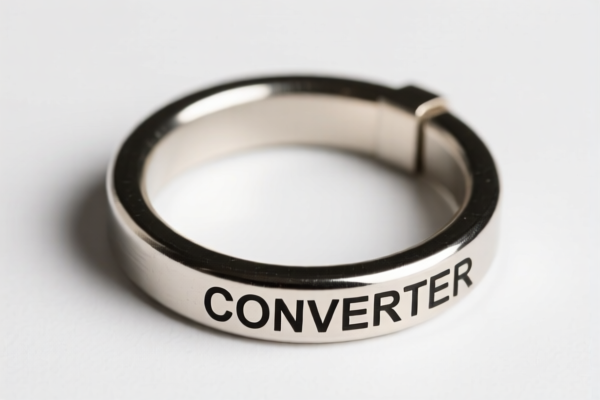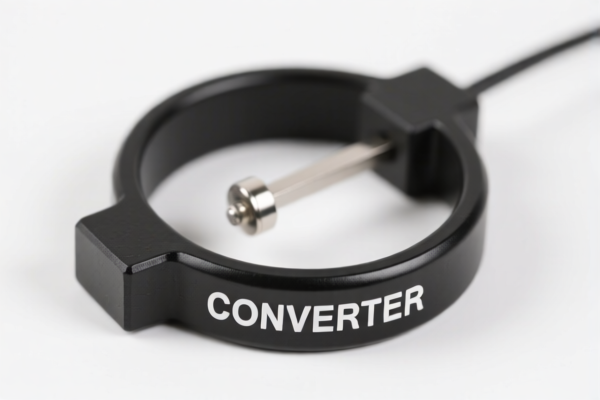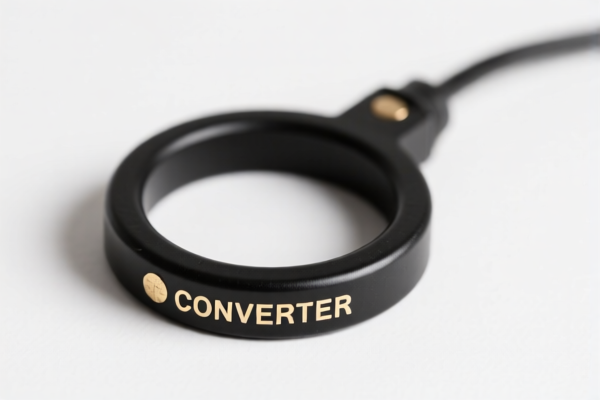| HS Code | Official Doc | Tariff Rate | Origin | Destination | Effective Date |
|---|---|---|---|---|---|
| 8548000000 | Doc | 55.0% | CN | US | 2025-05-12 |
| 8308909000 | Doc | 57.7% | CN | US | 2025-05-12 |
| 7419801500 | Doc | 58.0% | CN | US | 2025-05-12 |
| 7419803000 | Doc | 58.0% | CN | US | 2025-05-12 |
| 7616995190 | Doc | 82.5% | CN | US | 2025-05-12 |
| 3926909989 | Doc | 42.8% | CN | US | 2025-05-12 |
| 3901909000 | Doc | 61.5% | CN | US | 2025-05-12 |
| 3914006000 | Doc | 58.9% | CN | US | 2025-05-12 |




Okay, let's break down the HS codes provided for your "LAMP SHADE RING CONVERTER" declaration. It appears you've received a range of potential classifications, which is common for components that could fall into multiple categories. I'll explain each one, focusing on what the code means and the implications for your import.
Understanding HS Codes: A Quick Primer
HS codes are standardized internationally. The first two digits generally indicate the chapter, the next two the subheading, and so on. Here's a general idea of what each code represents:
- Chapter 85 (8548.00.00.00): Electrical parts of machinery or apparatus.
- Chapter 83 (8308.90.90.00): Clasps, frames, buckles, etc., of base metal.
- Chapter 74 (7419.80.15.00 & 7419.80.30.00): Articles of copper.
- Chapter 76 (7616.99.51.90): Articles of aluminum.
- Chapter 39 (3926.90.99.89, 3901.90.90.00, 3914.00.60.00): Plastics and other materials.
Detailed Breakdown of Each HS Code & Implications
Let's go through each code you've been given:
-
8548.00.00.00 – Electrical parts of machinery or apparatus
- Meaning: This is a broad category for electrical components. If your lamp shade ring converter actively uses electricity (e.g., has a built-in switch, dimmer, or is part of a smart lighting system), this could be the most appropriate code.
- Tax: Base 0.0%, Additional Tariff 25.0% (increasing to 30% after April 2, 2025), Total 55.0%.
- Considerations: You'll need to clearly demonstrate the electrical function of the part.
-
8308.90.90.00 – Clasps, frames, buckles, etc., of base metal
- Meaning: This code applies if the converter is primarily a mechanical fastening component made of base metal (e.g., steel, iron, aluminum alloy). Think of it as a metal ring that holds something together.
- Tax: Base 2.7%, Additional Tariff 25.0% (increasing to 30% after April 2, 2025), Total 57.7%.
- Considerations: Material composition is key.
-
7419.80.15.00 – Other articles of copper: Containers of a kind normally carried on the person
- Meaning: This is unlikely to be correct unless your converter is a small copper container.
- Tax: Base 3.0%, Additional Tariff 25.0% (increasing to 30% after April 2, 2025), Total 58.0%.
-
7419.80.30.00 – Other articles of copper: Coated or plated with precious metal
- Meaning: Only applicable if the converter is made of copper and coated or plated with gold, silver, etc.
- Tax: Base 3.0%, Additional Tariff 25.0% (increasing to 30% after April 2, 2025), Total 58.0%.
-
7616.99.51.90 – Other articles of aluminum
- Meaning: If the converter is made of aluminum.
- Tax: Base 2.5%, Additional Tariff 25.0% (increasing to 30% after April 2, 2025), Total 82.5%.
-
3926.90.99.89 – Other articles of plastics
- Meaning: If the converter is made of plastic.
- Tax: Base 5.3%, Additional Tariff 7.5% (increasing to 30% after April 2, 2025), Total 42.8%.
-
3901.90.90.00 – Polymers of ethylene, in primary forms
- Meaning: This code is for raw plastic materials, not a finished component. Unlikely to be correct.
- Tax: Base 6.5%, Additional Tariff 25.0% (increasing to 30% after April 2, 2025), Total 61.5%.
-
3914.00.60.00 – Ion-exchangers based on polymers
- Meaning: This is for a very specific type of plastic material used in filtration. Highly unlikely to be correct.
- Tax: Base 3.9%, Additional Tariff 25.0% (increasing to 30% after April 2, 2025), Total 58.9%.
Recommendation & Next Steps
Based on the information provided, 8548.00.00.00 (Electrical parts) or 8308.90.90.00 (Base Metal Clasps/Frames) are the most likely candidates.
To determine the correct HS code, please provide the following information:
- Material Composition: What is the converter made of (e.g., steel, aluminum, plastic, copper)?
- Function: Does it have any electrical components or actively use electricity?
- Detailed Description: A more detailed description of the converter's purpose and construction.
Important Reminders:
- Accuracy is Crucial: Selecting the wrong HS code can lead to delays, fines, and other issues.
- Additional Tariffs: Be aware of the additional tariffs (25% currently, increasing to 30% after April 2, 2025) and factor them into your costs.
- Certifications: Depending on the material and function, you may need specific certifications (e.g., RoHS, CE).
- Declare the single material that makes up the majority of the product.
I hope this detailed breakdown is helpful! Let me know if you can provide the additional information requested, and I'll do my best to assist you further.
Customer Reviews
The page was helpful, but I wish it had more information about the difference between the 7419801500 and 7419803000 HS codes. Both are copper-related, but the descriptions are a bit vague.
I really appreciated the breakdown of the 3926909989 HS code. It was clear and explained that it's for plastic articles, with a 42.8% tariff rate, which is much lower than some other options.
The detailed explanation of the 8308909000 HS code was very helpful. I was confused about the base metal classification, but now I know it's for clasps and frames made of base metal.
This page gave me a clear breakdown of the HS code 8548000000 for electrical parts. It helped me understand the tariff rate of 55% and the correct classification for my lamp shade ring converter.